Ship to: 43215 Update

- Plants
- Shade Trees
- Fall Color
- Oak Trees
Plants Filter
Current Filters
Sunlight
Plant Type
Oak Trees
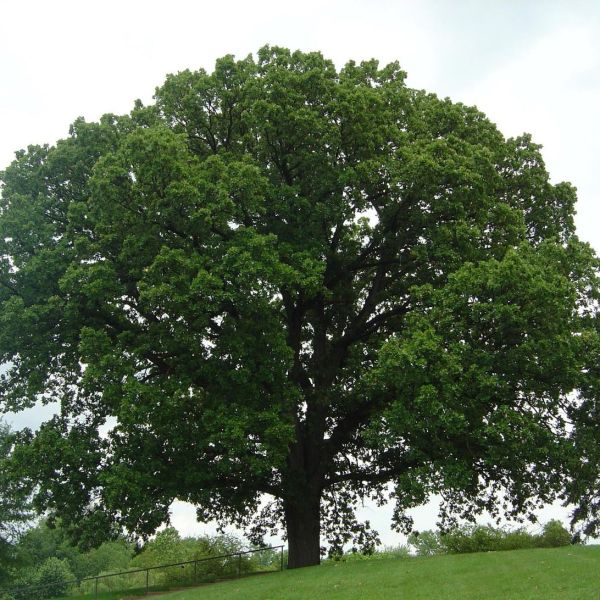
Bur Oak Tree
Starting at $90
30% Off
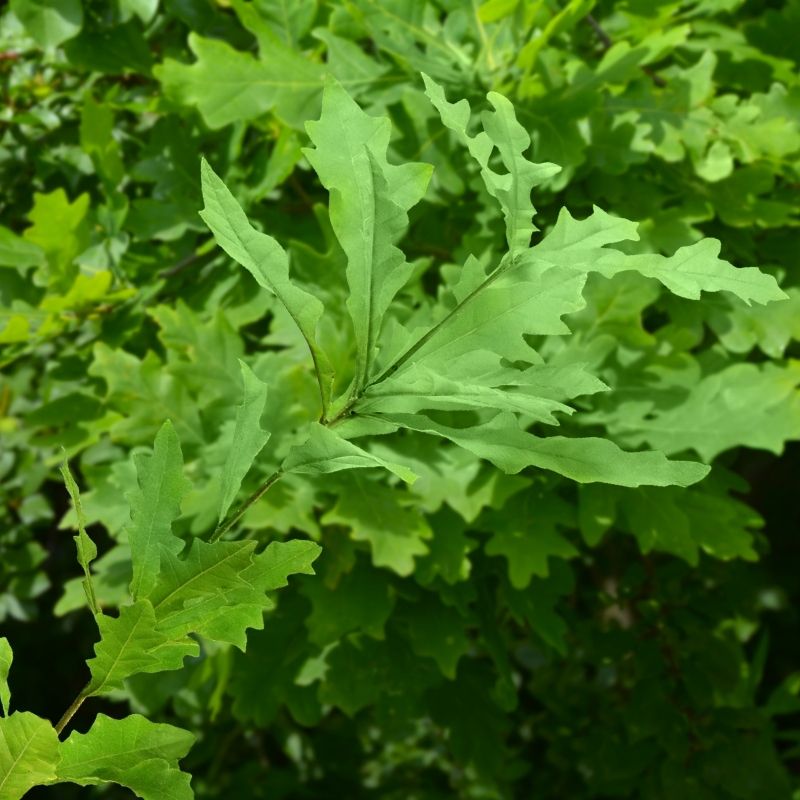
Deciduous Overcup Oak Tree
Starting at $90
30% Off
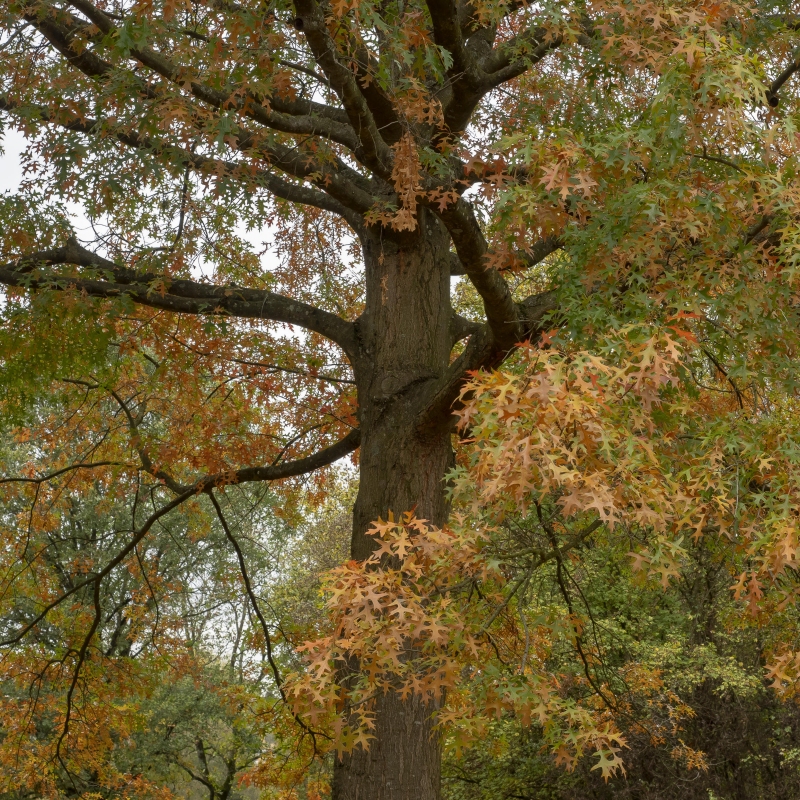
Deciduous Pin Oak Tree
Starting at $90
30% Off
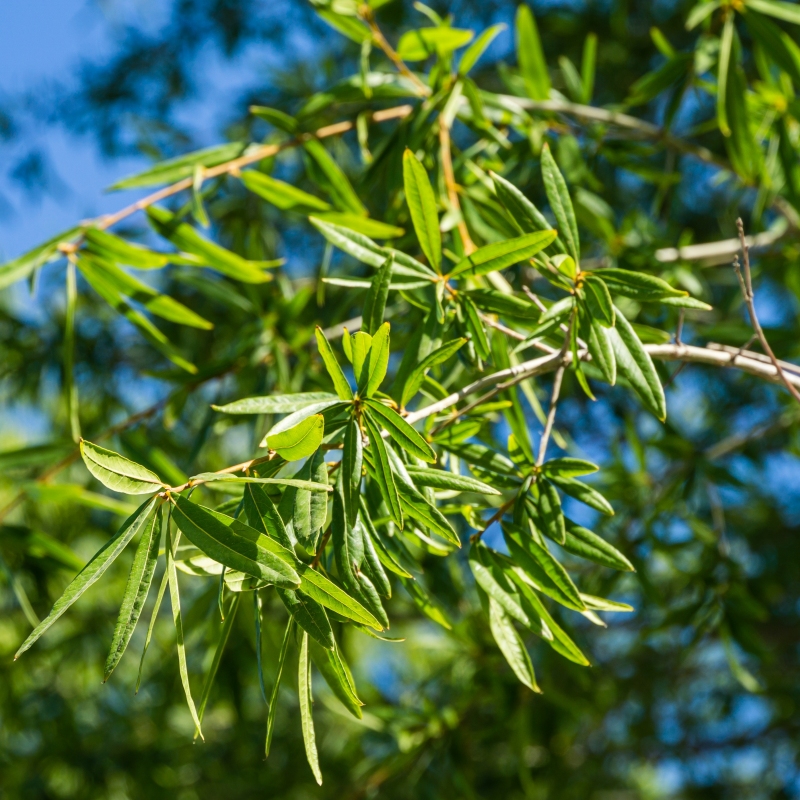
Deciduous Willow Oak Tree
Starting at $90
30% Off
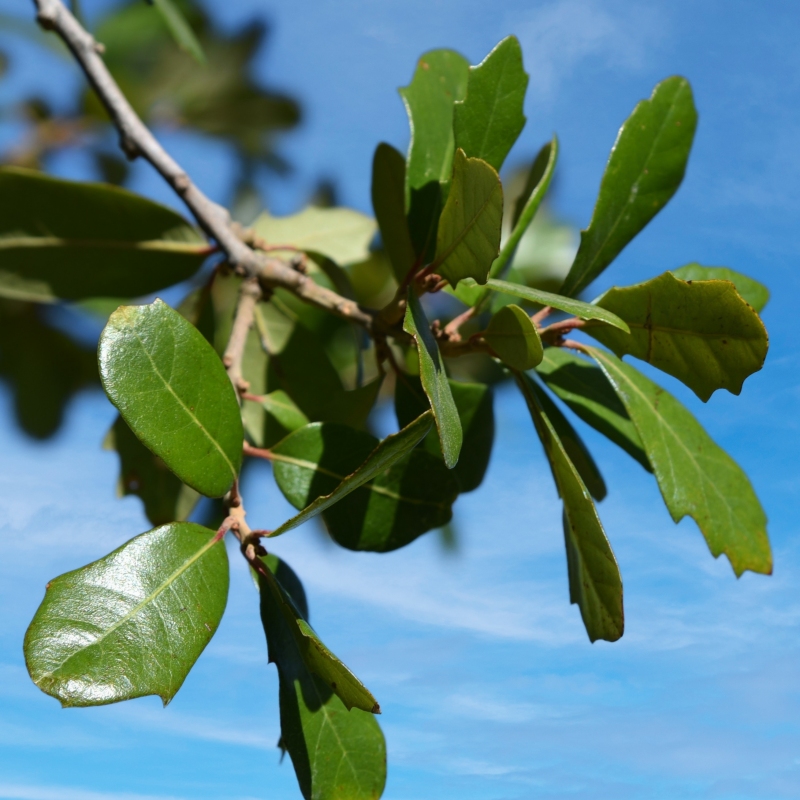
Live Oak Tree
Starting at $90
30% Off
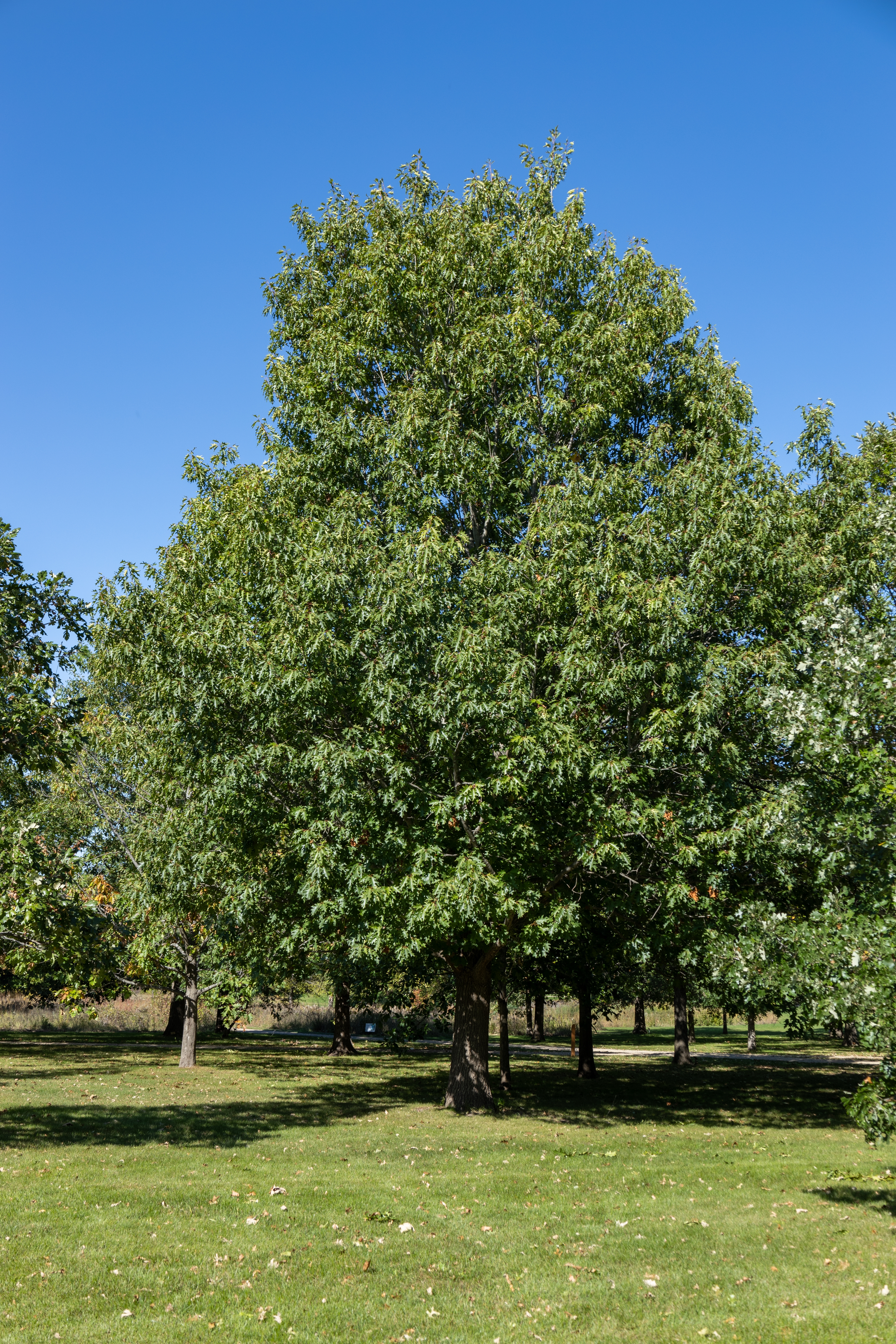
Northern Red Oak
Starting at $95
30% Off
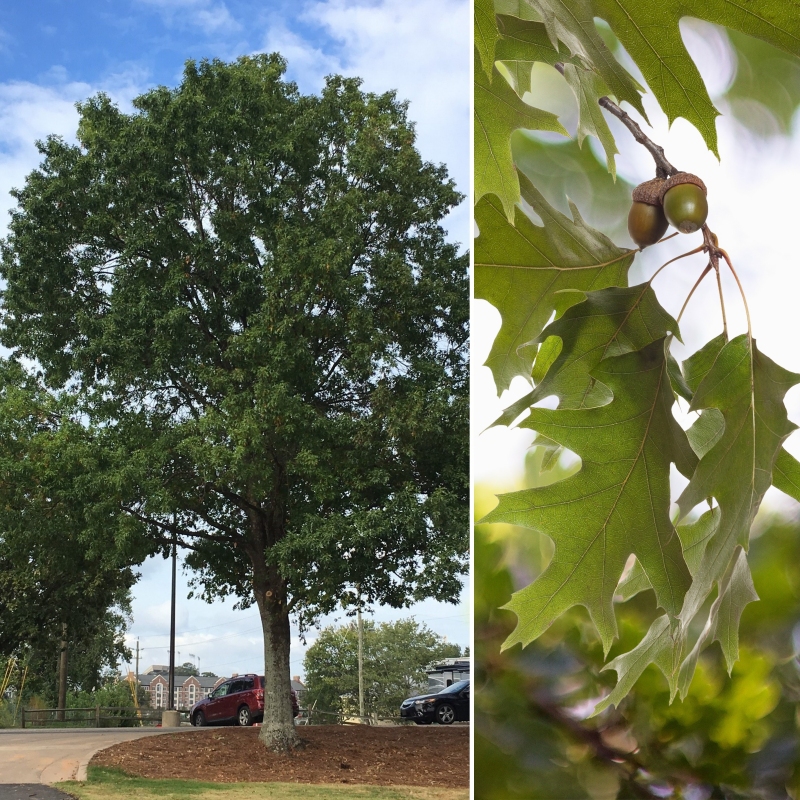
Nutall Oak Tree
Starting at $90
30% Off
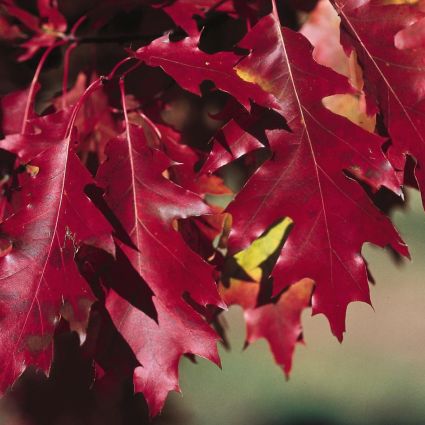
Pin Oak Tree
Starting at $92
30% Off
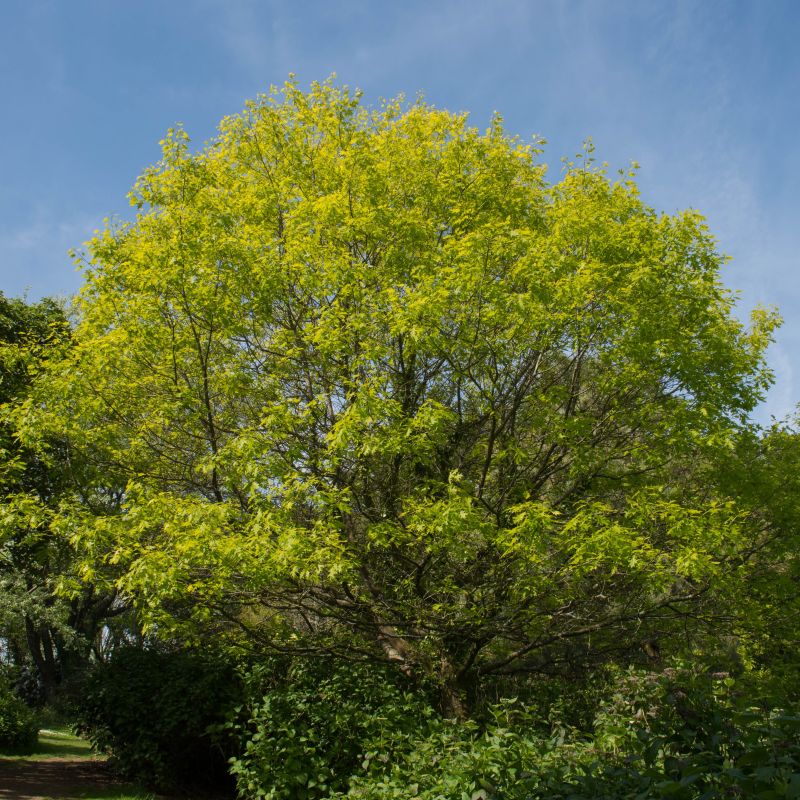
Scarlet Oak
Starting at $92
30% Off
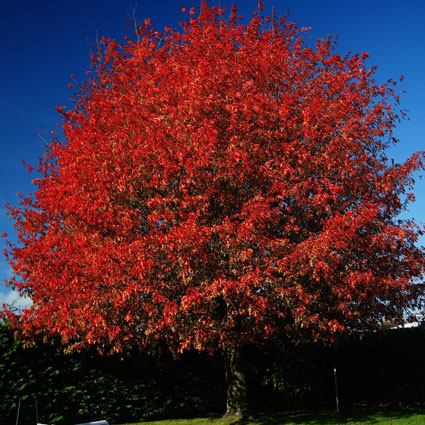
Shumard Oak Tree
Starting at $90
30% Off
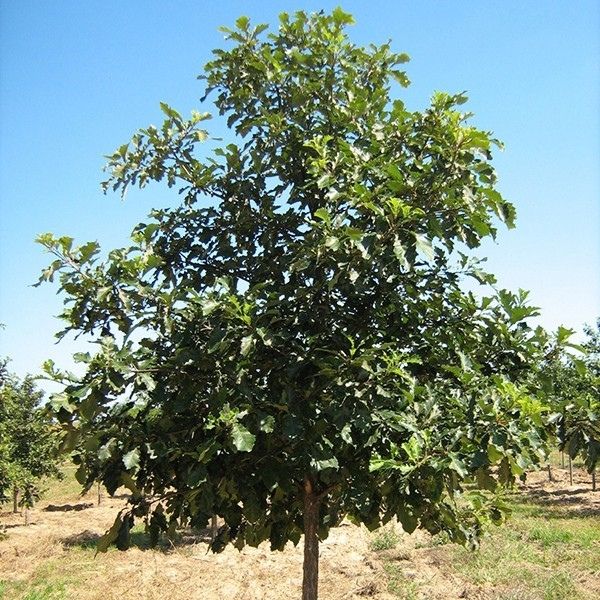
Swamp White Oak
Starting at $92
30% Off

Swamp White Oak Tree
Starting at $90
30% Off
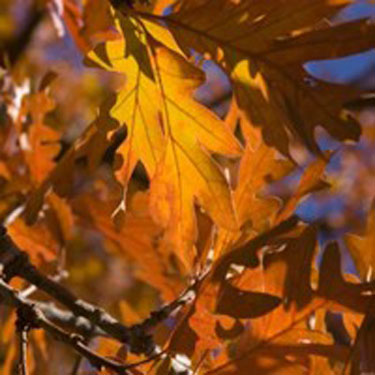
White Oak
Starting at $92
30% Off
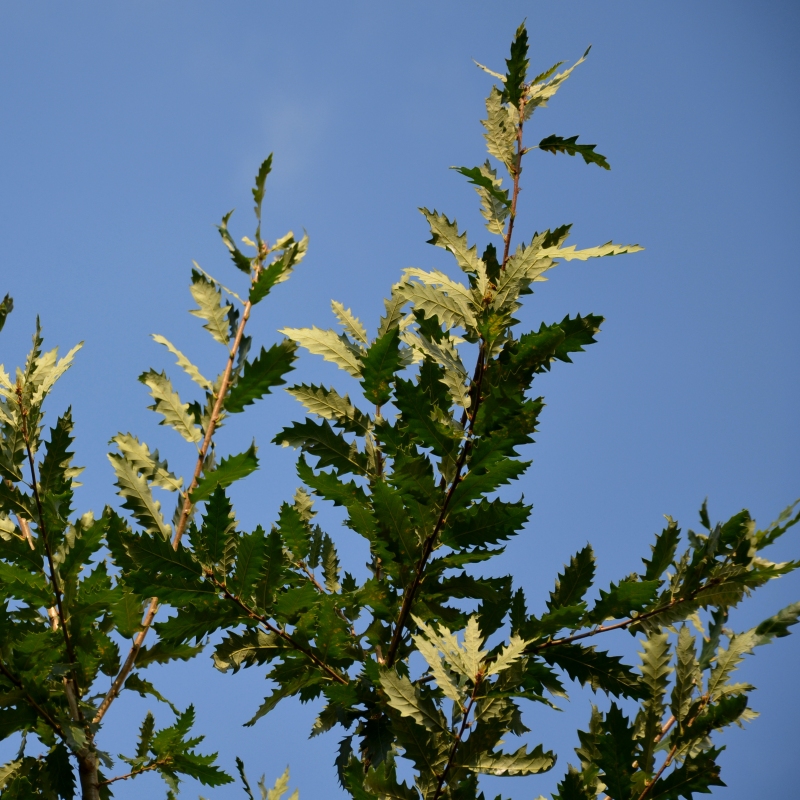
Chinkapin Oak Tree
Out of Stock
30% Off
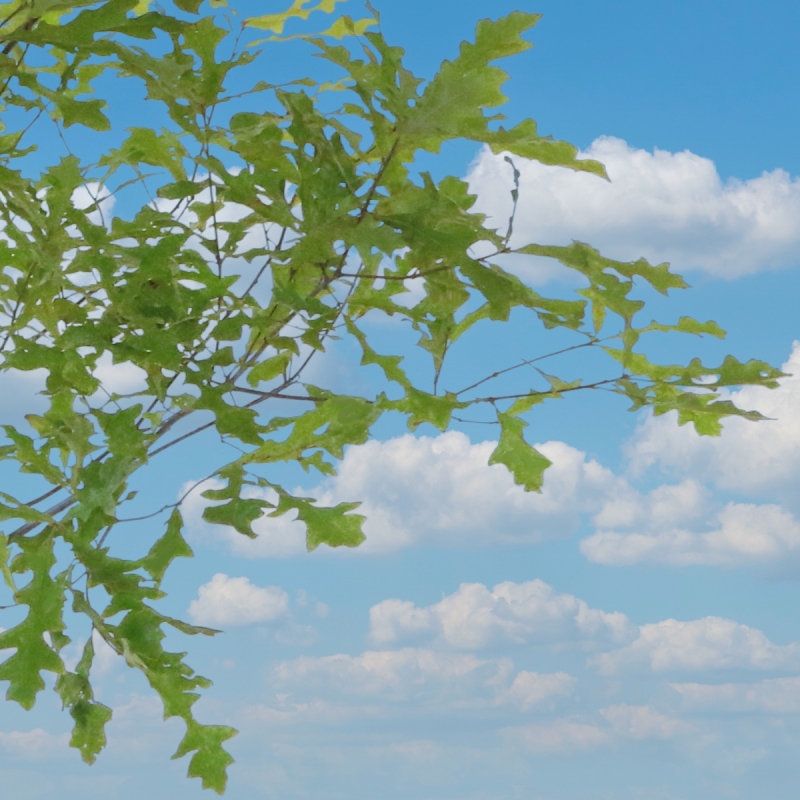
Compton Oak Tree
Out of Stock
30% Off
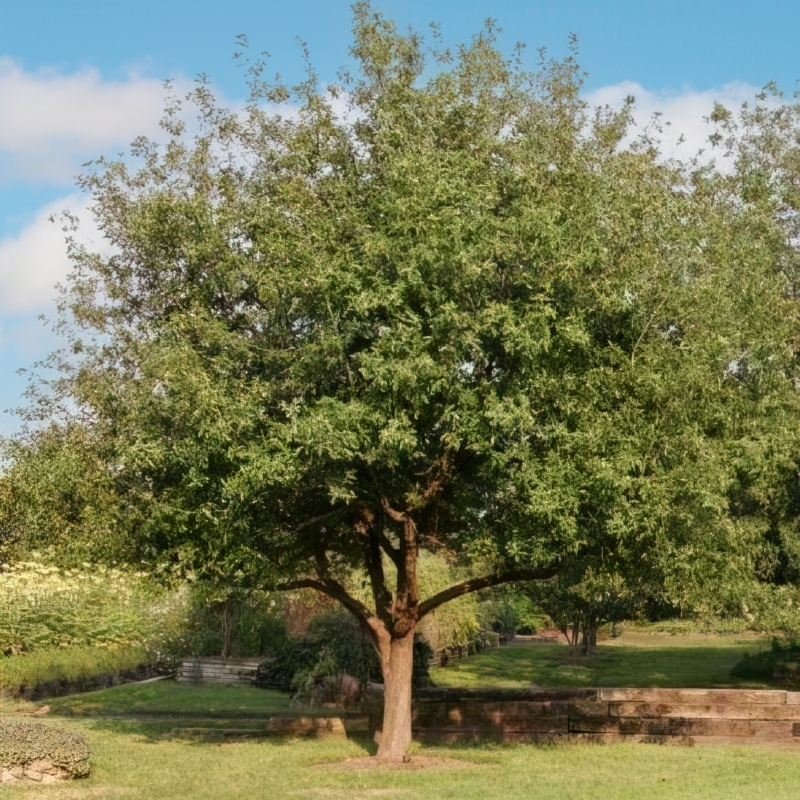
Mexican White Oak Tree
Out of Stock
30% Off
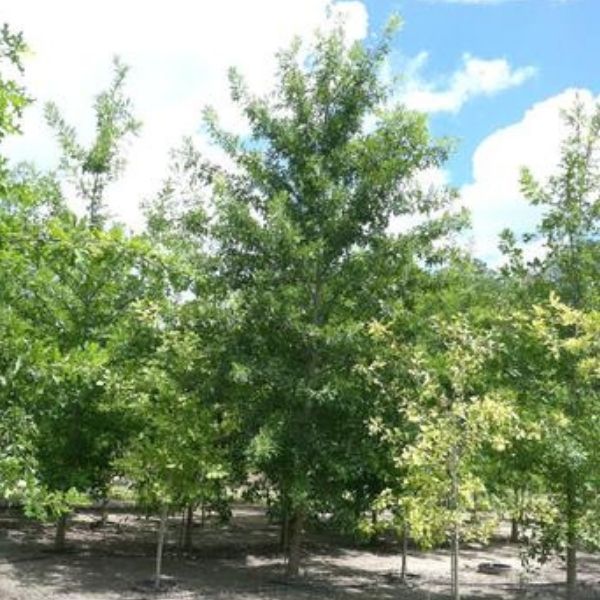
Nuttall Oak
Out of Stock
30% Off
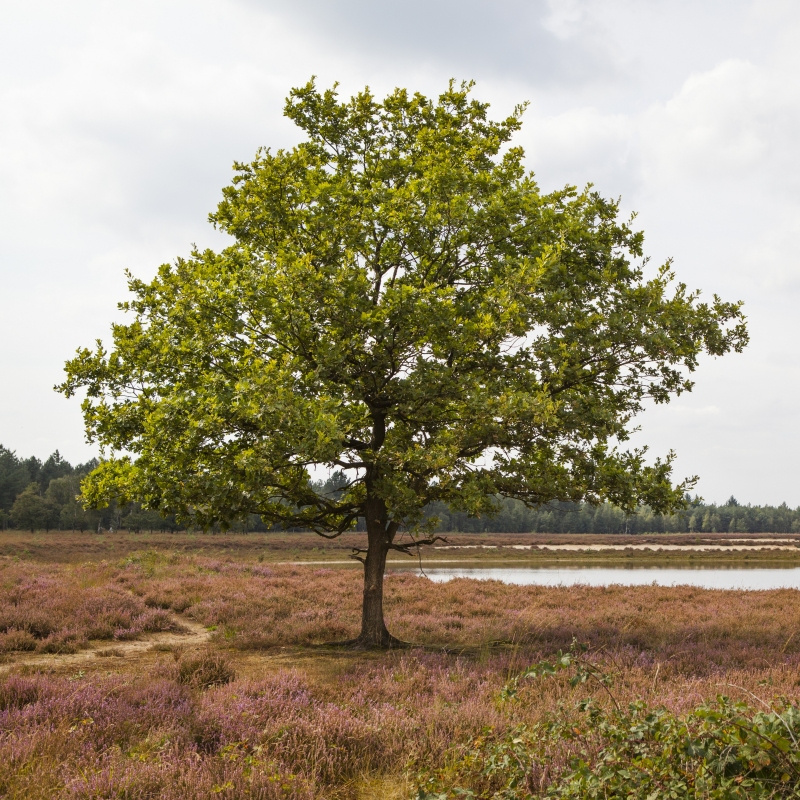
Sawtooth Gobbler Oak Tree
Out of Stock
30% Off
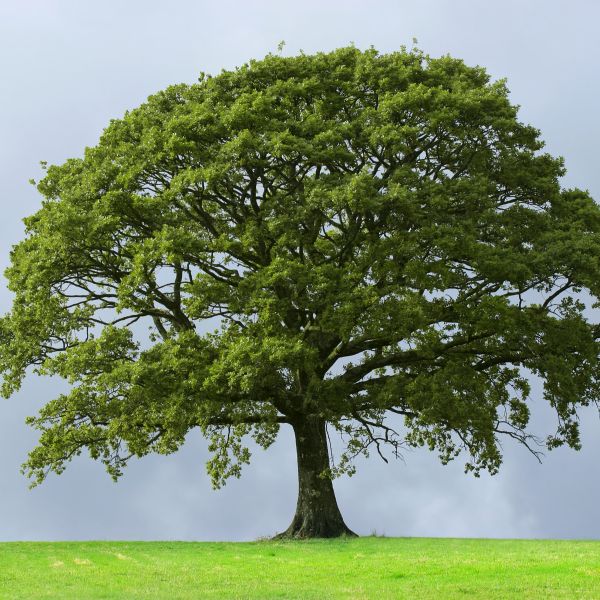
Sawtooth Oak Tree
Out of Stock
30% Off

Shumard Oak Tree
Out of Stock
30% Off
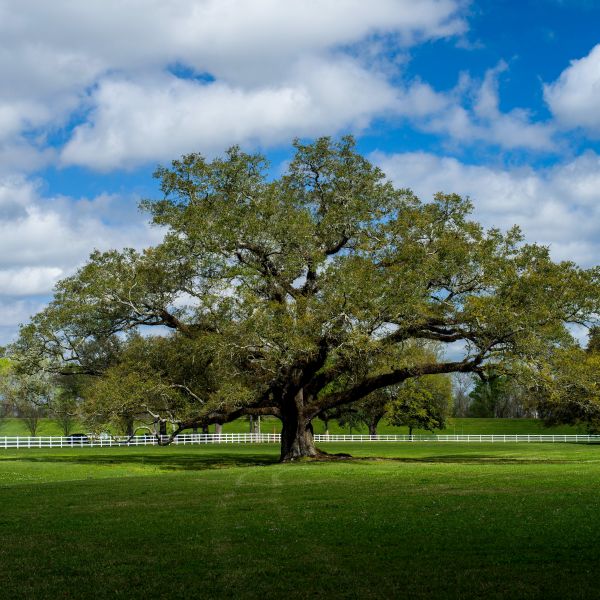
Southern Live Oak
Out of Stock
30% Off
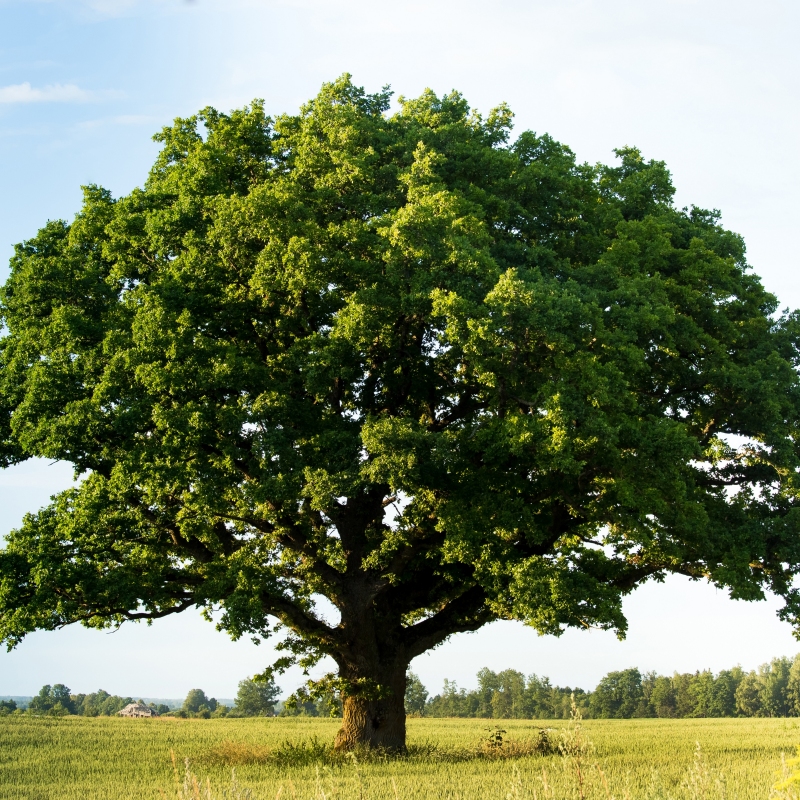
Swamp Chestnut Oak Tree
Out of Stock
30% Off
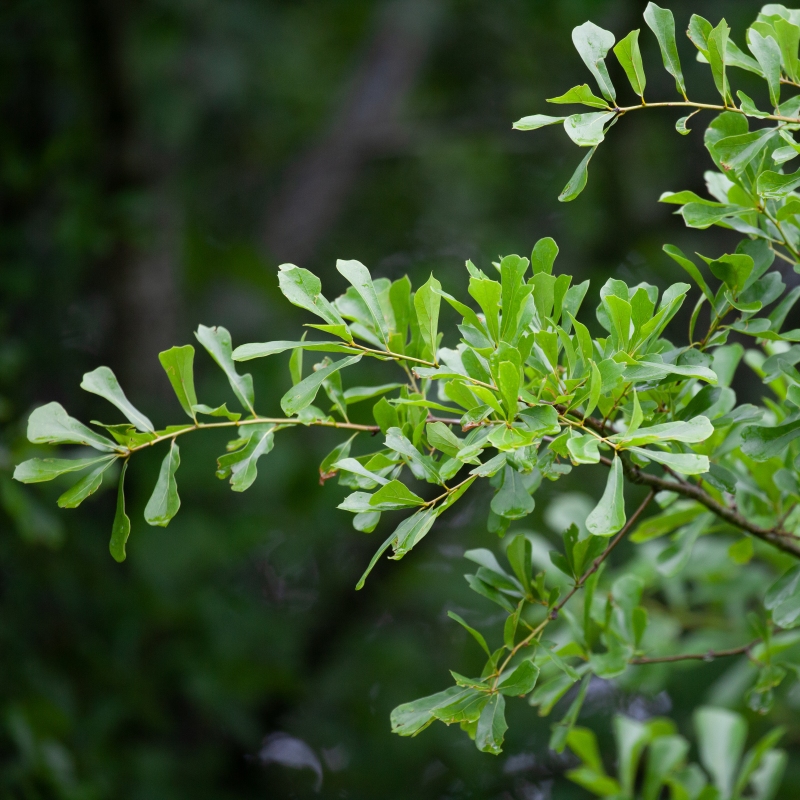
Water Oak Tree
Out of Stock
30% Off
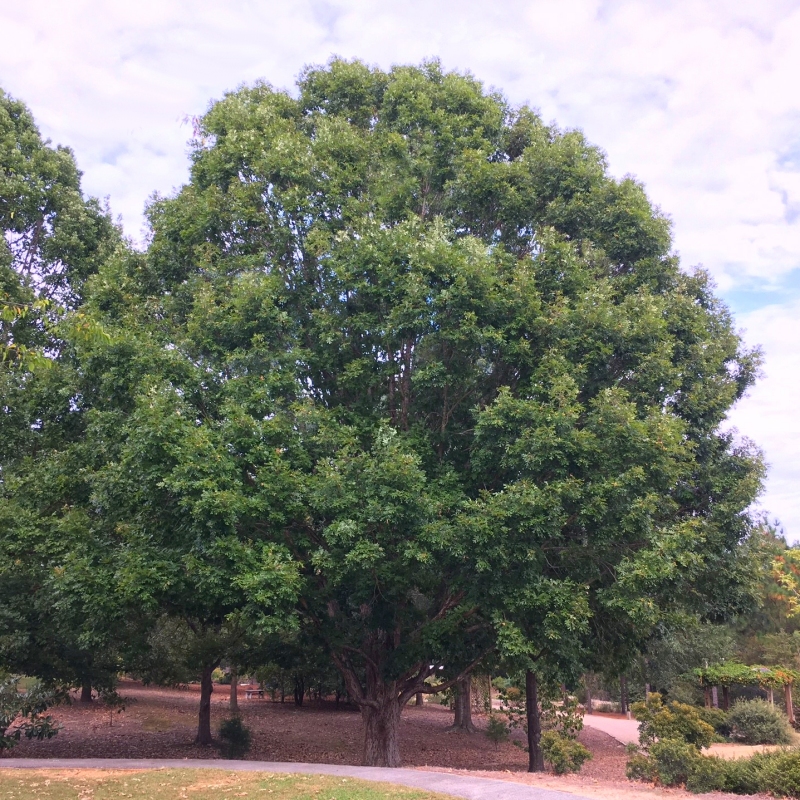
White Oak Tree
Out of Stock
30% Off
Oak Trees
Oak trees are a diverse group of deciduous or evergreen trees belonging to the genus Quercus in the Fagaceae family. They are widespread across the Northern Hemisphere and are characterized by their strong and sturdy growth, deeply lobed leaves, and distinctive acorns. Oak trees are known for their longevity and can live for several centuries, making them symbols of strength and endurance. The leaves of oak trees are typically arranged alternately on the branches and can vary in shape and size depending on the oak species.
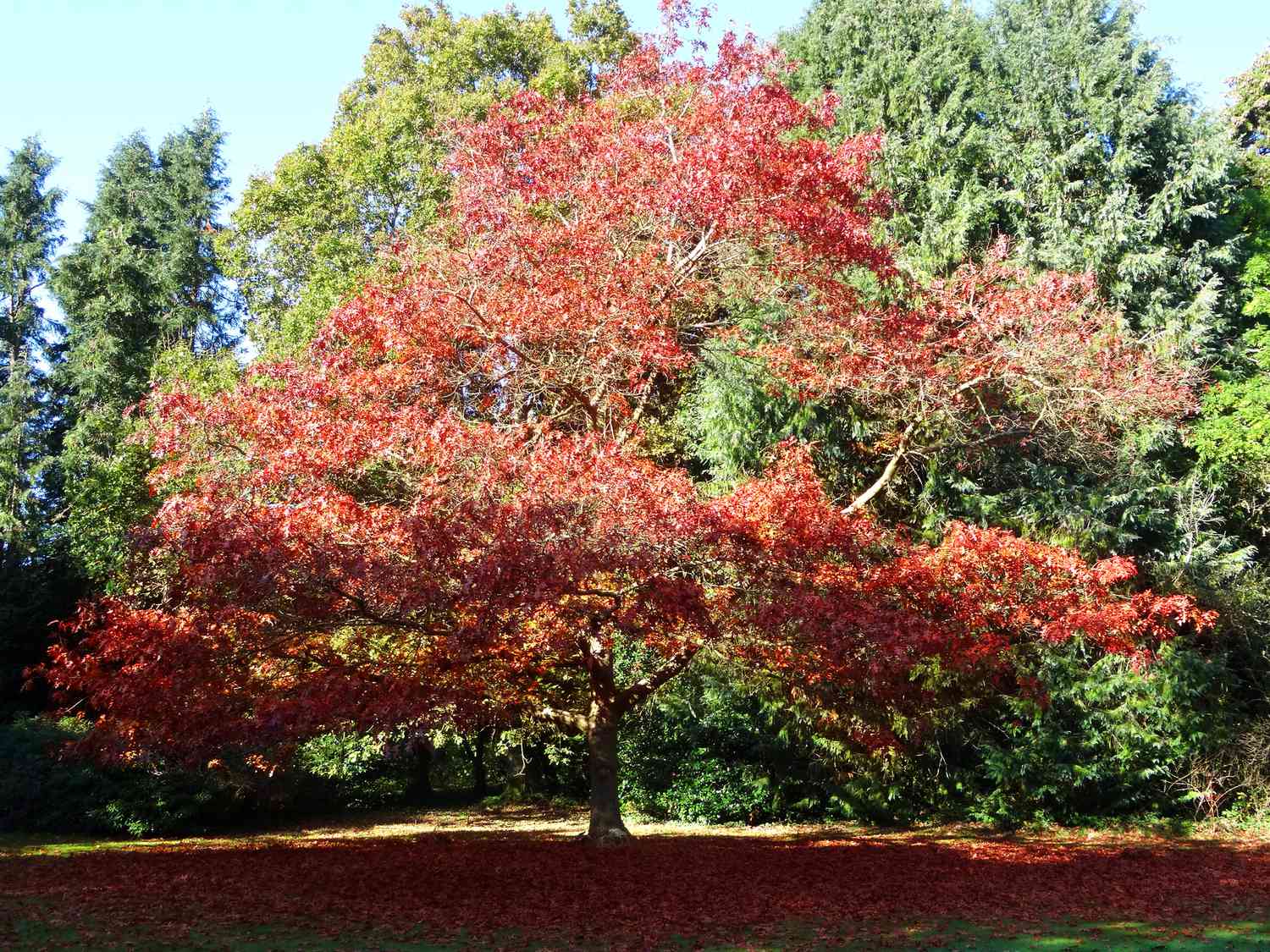
Common Types: There are numerous species and varieties of oak trees, with some common ones including:
- Quercus robur (Common Oak or English Oak): Native to Europe and widely grown in many regions, known for its lobed leaves and acorns.
- Quercus alba (White Oak): Found in eastern North America, with leaves that are rounded at the tips and acorns that mature in one season.
- Quercus ilex (Holm Oak or Holly Oak): Native to the Mediterranean region, an evergreen oak with glossy, leathery leaves.
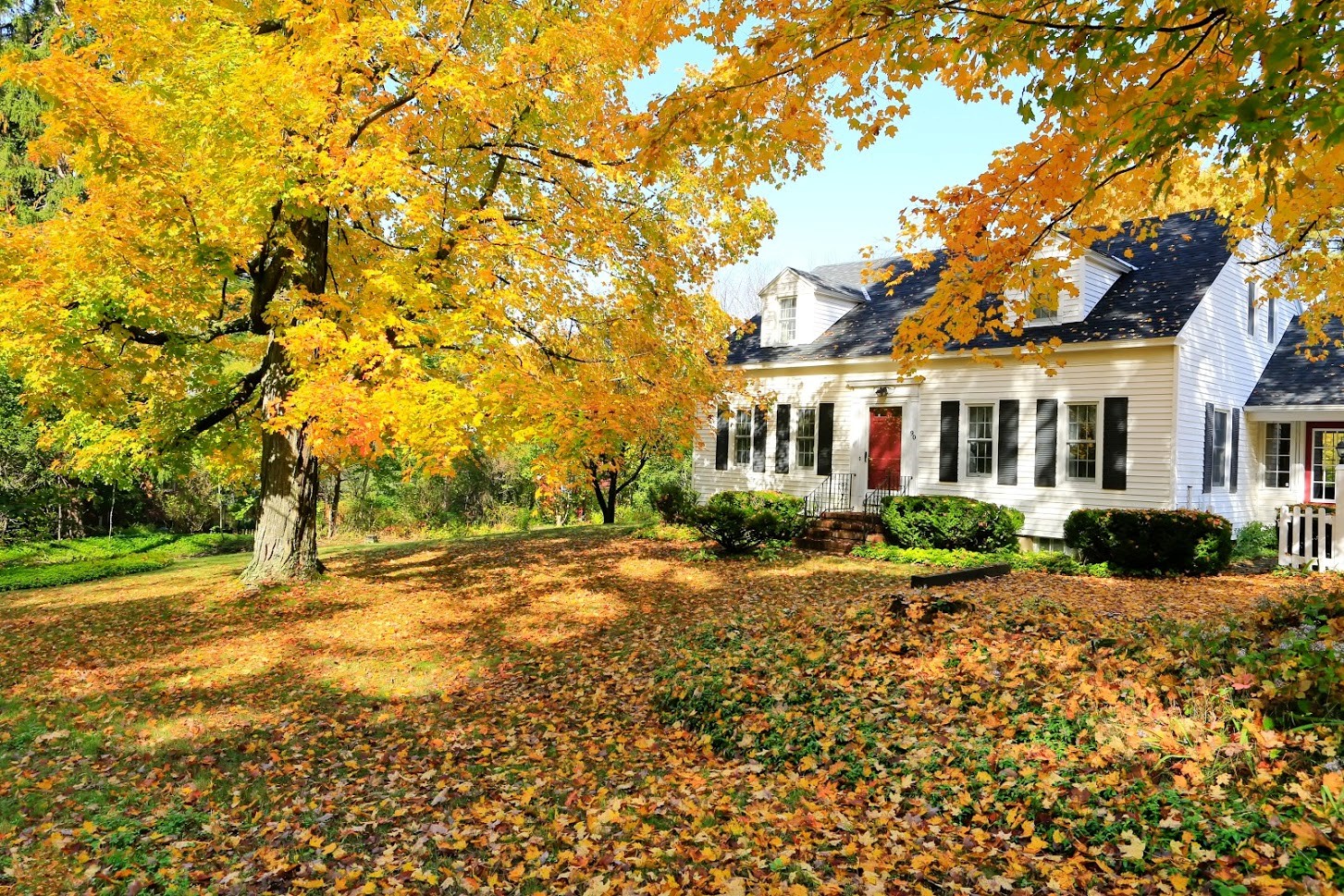
Care Tips:
- Sunlight: Most oak trees prefer full sun. They require adequate sunlight for healthy growth and acorn production.
- Soil: Well-draining, loamy soil is ideal for oak trees. They can tolerate various soil types but prefer fertile soil.
- Watering: Young oak trees may require regular watering to establish their root systems. Once established, they are relatively drought-tolerant.
- Mulching: Applying a layer of organic mulch around the base of the tree helps retain soil moisture and suppresses weed growth.
- Pruning: Prune oak trees sparingly and primarily to remove dead or diseased branches and shape the tree's canopy. Avoid heavy pruning, especially during the growing season.
- Fertilization: Oak trees generally don't require heavy fertilization. A balanced fertilizer applied in the spring can support healthy growth.
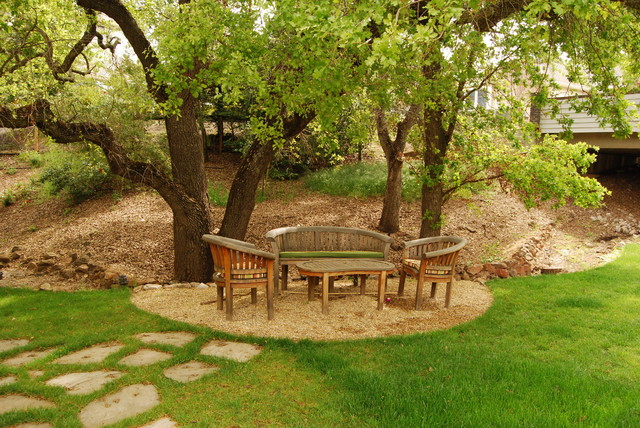
Uses:
- Shade Trees: Oak trees are popular choices for providing shade in outdoor spaces due to their large and spreading canopies.
- Timber: Oak wood is highly valued for its strength, durability, and attractive grain pattern, making it a popular choice for furniture, flooring, and construction.
- Wildlife Support: Oak trees support a wide variety of wildlife. The acorns are an important food source for many animals, and the dense canopies provide shelter and nesting sites for birds and small mammals.
Oak trees hold significant cultural and ecological importance in many regions, often associated with strength, wisdom, and resilience. Their majestic appearance, valuable timber, and role in supporting wildlife make them cherished additions to forests, landscapes, and gardens. Additionally, the acorns produced by oak trees have been used as a food source for humans and wildlife for thousands of years, representing an essential part of the natural ecosystem.
Item has been added to your cart.

